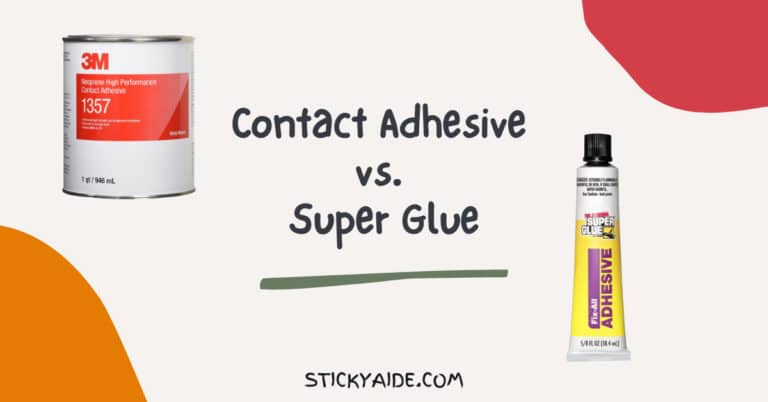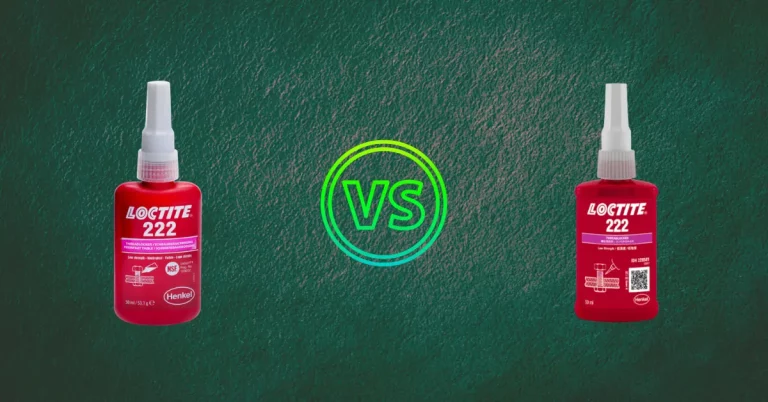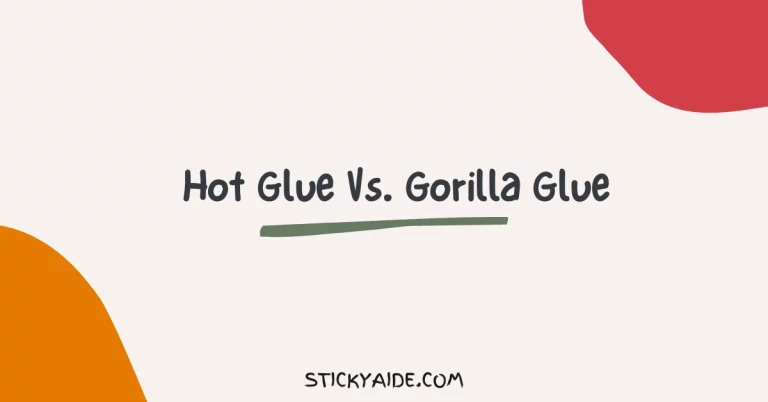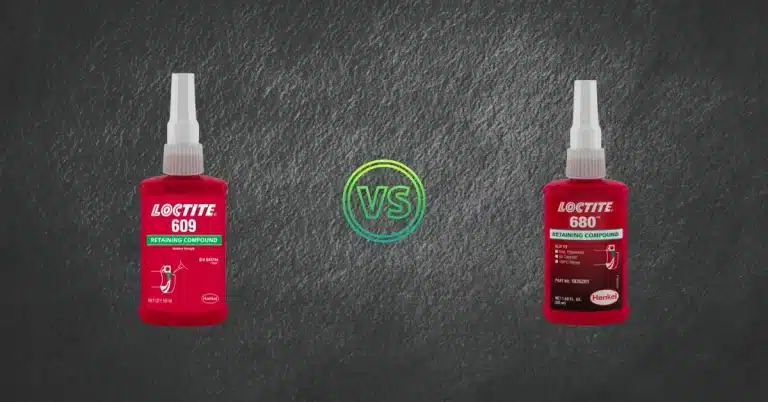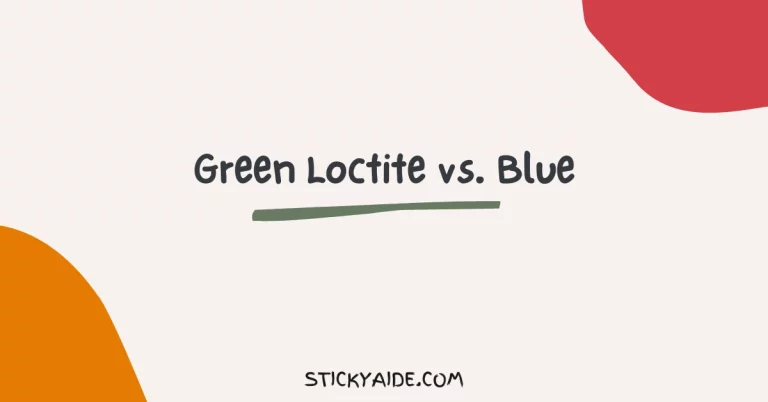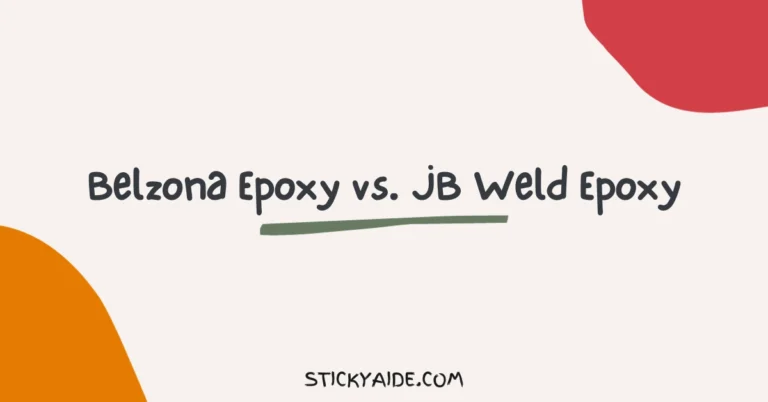Surfaces can be sealed and bonded using several products available on the market. However, silicone caulk and Flex Shot are the most popular products. Although both of these products offer excellent sealing capabilities, there are some differences to consider before making a choice.
In this article, I will compare flex shot vs. silicone caulk, highlighting their characteristics, advantages, and disadvantages to assist you in making a decision.
Read More: Acrylic Vs. Silicone Caulk
Read More: Flex Seal vs. Silicone
Flex Shot Vs. Silicone Caulk
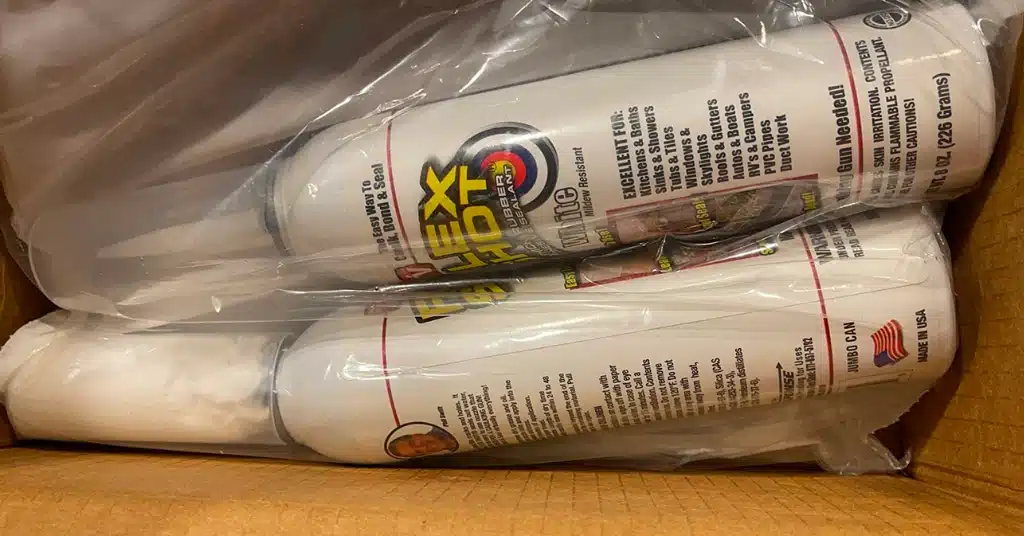
What is Flex Shot?
Flex Shot is a brand of sealant that comes in a tube and is applied with a caulking gun. In various surfaces, such as wood, metal, plastic, and ceramic, this rubberized sealant can fill gaps and cracks. The Flex Shot is designed to expand and contract with changes in humidity and temperature. Since it is waterproof, it is ideal for use in moist areas, such as bathrooms and kitchens.
Advantages of Flex Shot
- Adaptable to changes in temperature and humidity.
- Easily adheres to a variety of surfaces.
- It is waterproof and can be used in wet areas such as bathrooms and kitchens.
Disadvantages of Flex Shot
- Compared to other sealants, it may be more expensive.
- It may take longer to dry than silicone caulk.
What is Silicone Caulk?
Silicone caulk is a type of sealant composed of silicone. By applying it with a caulking gun, it can be used to fill gaps and cracks on a variety of surfaces, including glass, metal, and plastic. In addition to being waterproof and flexible, silicone caulk is ideal for use around sinks and bathtubs, as it is able to withstand moisture exposure.
Advantages of Silicone Caulk
- Suitable for glass, metal, and plastic surfaces.
- Suitable for use in wet areas such as bathrooms and kitchens.
- Once it dries, it can be painted over.
Disadvantages of Silicone Caulk
- Some surfaces, such as wood, may not adhere as well to it.
- A primer may be required to improve adhesion.
Read More: Leak Stopper Vs. Flex Seal
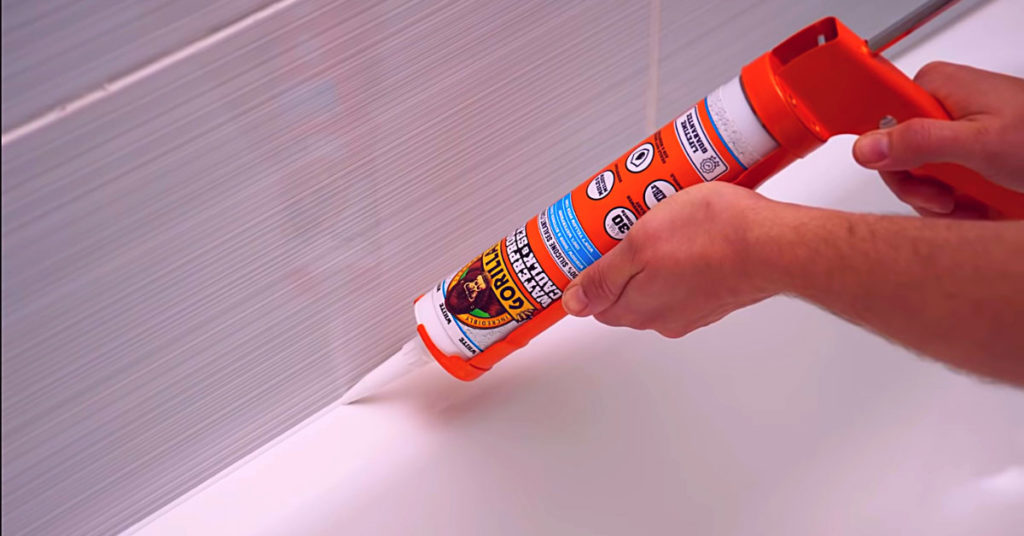
Comparison Between Flex Shot and Silicone Caulk
Silicone caulk and Flex Shot are both versatile products that are used for sealing and bonding various surfaces. The following is a comparison of the two:
Price: Flex Shot may be more expensive than silicone caulk.
Application: Silicone caulk may also be applied using a caulking gun or squeeze tube, but Flex Shot is applied using a caulking gun.
Waterproofing: Flex Shot and silicone caulk are both waterproof, making them suitable for use in bathrooms and kitchens that are subject to moisture.
Drying time: It may take longer for Flex Shot to dry than silicone caulk.
Paintability: Once silicone caulk dries, it can be painted over, while Flex Shot is not recommended for painting.
Flexibility: Due to their flexibility, both products can expand and contract as a result of changes in temperature and humidity.
Surface compatibility: A wide range of surfaces can be adhered to with Flex Shot, including wood, metal, plastic, and ceramic. Although silicone caulk adheres well to glass, metal, and plastic surfaces, some surfaces, such as wood, may not adhere as well.
Ultimately, both Flex Shot and silicone caulk have their own advantages and disadvantages. A decision between the two will be determined by the specific application and the surfaces that will be bonded. It is important to carefully consider the advantages and disadvantages of both products before choosing one over the other for sealing and bonding surfaces.
Read More: Turbo Poly Seal Vs. Flex Seal
Is Flex Shot the Same as Caulk?
Flex Shot serves a similar purpose and application as caulk, although they are not exactly the same. Rubberized sealants such as Flex Shot are flexible and can fill gaps and cracks in various surfaces, unlike traditional caulk, which may not be as flexible or waterproof.
Does Caulk Crack Easily?
The caulk may crack over time as a result of exposure to the elements, changes in temperature and humidity, and aging. Caulking can, however, be prevented by selecting the appropriate type and ensuring proper preparation and application. Caulk should also be maintained regularly in order to extend its life.
Last Opinion
As a result, both Flex Shot and silicone caulk are excellent choices for sealing and bonding surfaces. Based on the application and the surfaces to be bonded, the choice between the two will vary. It is, therefore, necessary to carefully evaluate the advantages and disadvantages of both products before making a decision.
If you have any thoughts about this flex shot vs. silicone caulk comparison, please leave a comment below.

